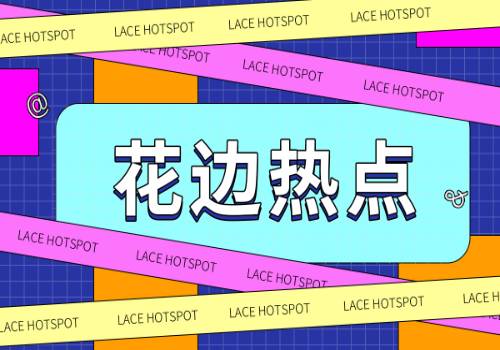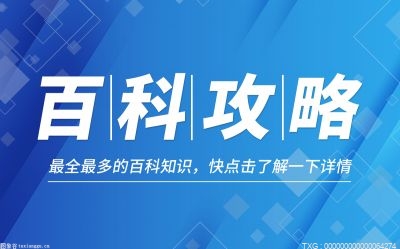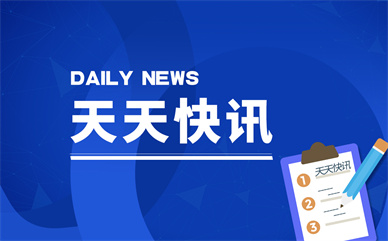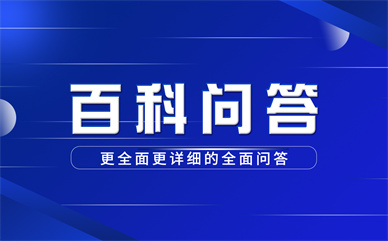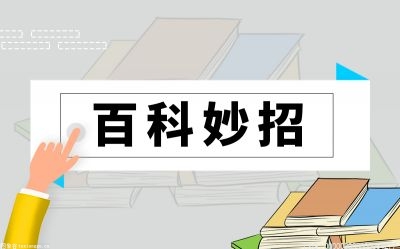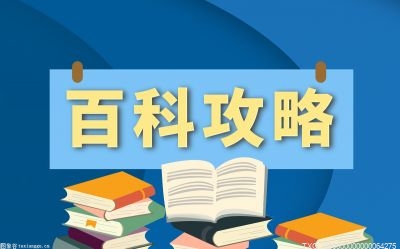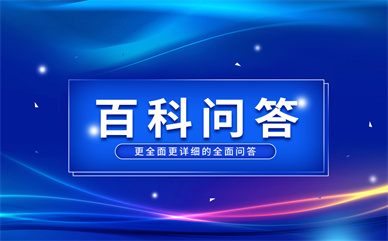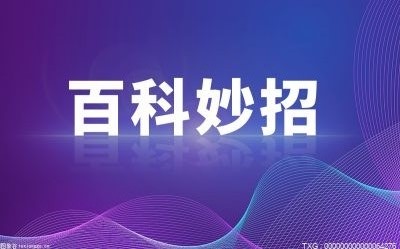 (资料图)
(资料图)
BEIJING, December 5 (TMTPOST)— Tesal Inc. may scale back outputs in China though the electric vehicle (EV) titan just broke new monthly record in the key market.
Source: Visual China
Tesla Shanghai Gigafactory plans to cut its production in December and the cuts, which are estimated to affect about 20% of full capacity, could come into effect as soon as this week, Bloomberg cited people with knowledge of the matter on Monday. Reuters later that day reported Tesla’s plan to trim this month outputs of the Model Y made in Shanghai factory by more than 20% from November.
While the Bloomberg report treated Tesla’s move as the latest sign of less-than-expected demand in China, Reuters didn’t figure out reason about the possible cuts, and Tesla didn’t confirm the plan. A Tesla representative dismissed the report by labeling it as “false news” late on Monday, though declining to answer whether the company intended to suggest no such cuts to be take place or the move was not related to weaker demand.
Earlier Monday, the state-run Xinhua News Agency learned from Tesla China that Shanghai Gigafactory delivered 100,291 EVs in November, for the first time topping 100,000 units in a month since the production hub started operation in December, 2019, and the factory has delivered more than 650,000 units for the eleven months of the year. The recent delivery record represents an almost 40% month-over-month (MoM) decline since data from the China Passenger Car Association (CPCA) showed Tesla China shipped 71,704 vehicles in October. The delivery result suggests 20.6% more than the previous record as CPCA estimated the last time for Tesla China to smash the record is in September with 83,135 units.
Tesla Shanghai factory’s delivery in the first eleven months has been much more the annual volume of 484,130 units for 2021, thus it is expected to hit 750,000 units this year, noted Cui Dongshu, secretary-general of CPCA. China’s auto market in November was subdued, but the new energy vehicle (NEV) sector, including the battery electric vehicle and the plug-in hybrid electric vehicle, was booming, in terms of either sales or outputs, especially the leading companies whose sales and production were way above the average level in the sector, according to Cui. Cui believes the boom was partially driven by the relief of the seasonal charging anxiety in winter, and the national NEV purchase subsidy policy set to be terminated on December 31 also played a role in consumers’ spending.















































